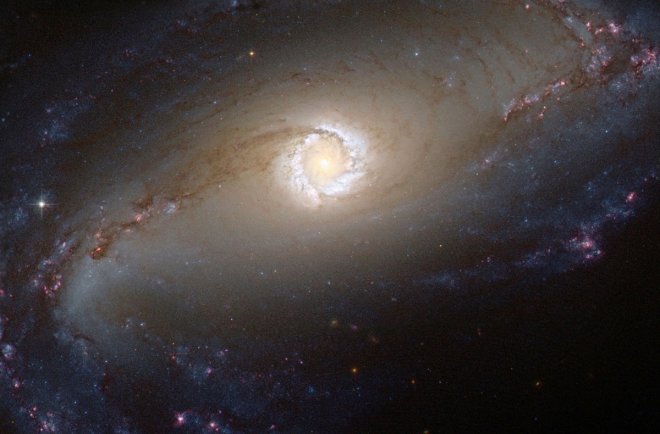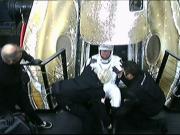
The bizarre long-term dimming of KIC 8462852, better known as Tabby's star, has baffled scientists and space experts, as even Nasa failed to give an explanation for this phenomenon. The unexplained mystery triggered the wild imagination of alien buffs, and many of them claimed the presence of an alien megastructure which resulted in the dimming. Some other theories suggested the presence of uneven wobbly rings which is responsible for generating a similar effect.
But now, a recent study conducted by researchers in NASA and Belgian AstroLAB IRIS indicates that the unexplainable dimming is not because of an alien megastructure, but due to an uneven dust cloud surrounding the star.
The study report is published in the recent volume of Astrophysics Journal.
The theory of Dyson swarm sphere debunked
Earlier, alien-hunters claimed that the unexplained phenomenon is due to a Dyson swarm created around the star by an advanced alien civilization. The theory added that the dimming is the result of swarm's zapping of light from the star.
Astronomers came to the conclusion of dust theory after they noticed the dimming was more pronounced in ultraviolet than infrared light. The team members of the study revealed that any object bigger than a dust grain will result in uniform dimming across all wavelength, which is not the nature of the blinking of Tabby's star.
"This pretty much rules out the alien megastructure theory, as that could not explain the wavelength-dependent dimming. We suspect, instead, there is a cloud of dust orbiting the star with a roughly 700-day orbital period," said Huan Meng of the University of Arizona, the lead author of this study.
Researchers used two Nasa telescopes – Swift and Spitzer to conduct this study. They collected observational data of Tabby's star from October 2015 to March 2017, and measured objects in infra-red.
The researchers said that the UV dip around Tabby's star indicates the presence of grains which are large enough to stay in the orbit, despite the pressure caused due to radiation. Even though large enough to sustain in orbit, the dust particles are not that big to block the light uniformly in all wavelength.
The researchers in the program also made it clear that this is not a firm conclusion, but in most probabilities, this dimming is due to the uneven dust around the star's orbit.
"It cannot be anything from the interstellar medium. Only microscopic fine-dust screens are able to scatter the starlight in the way characterized by measurements," added Meng.








